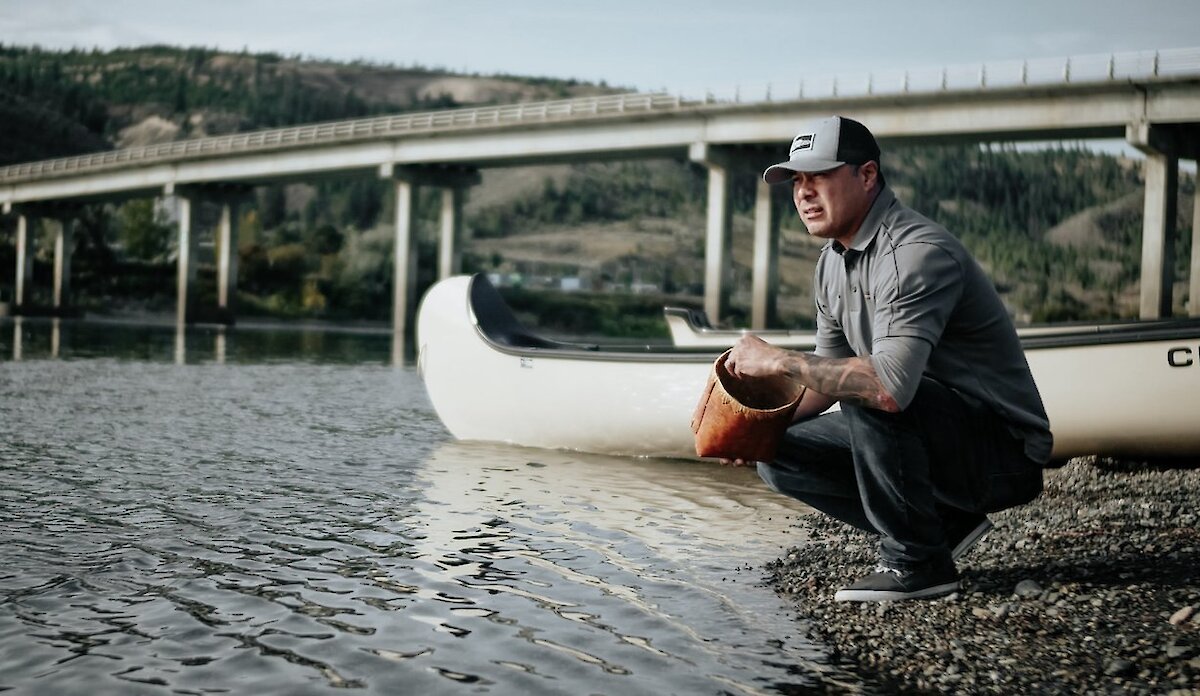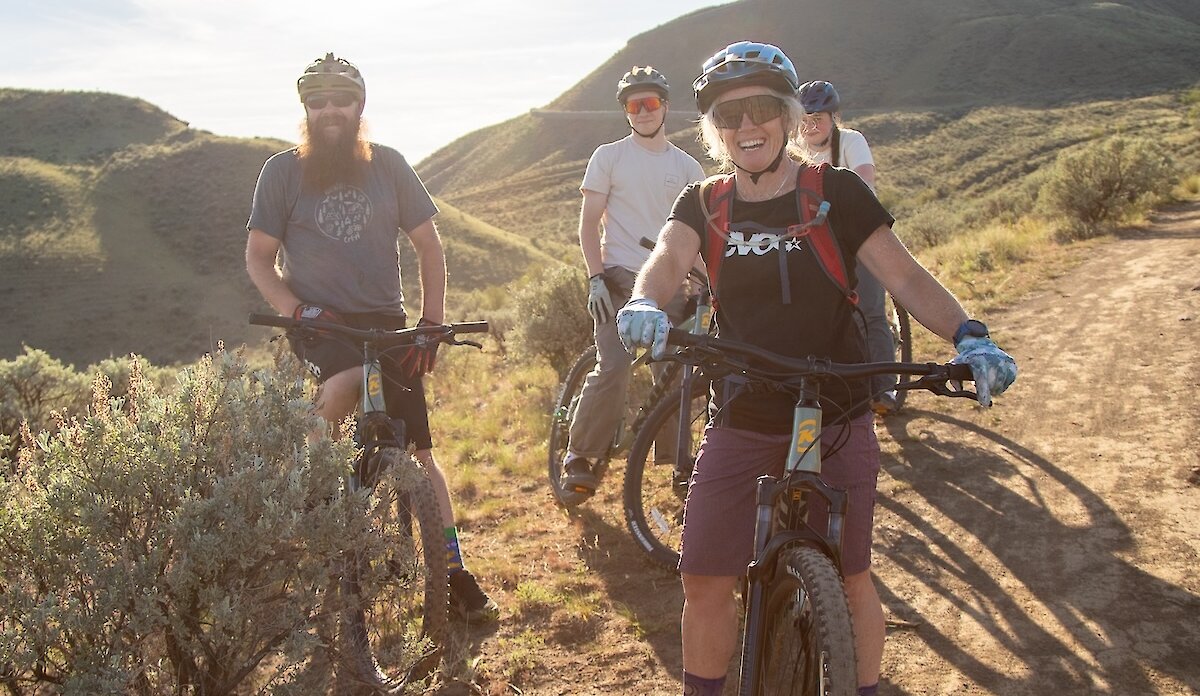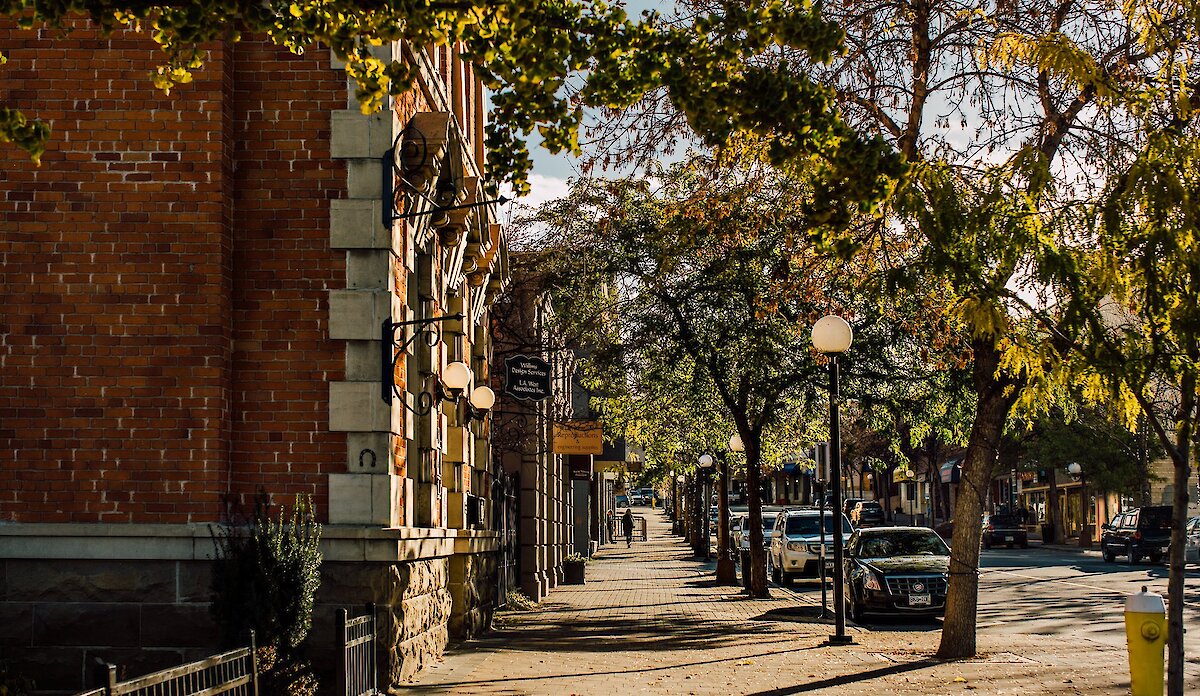History & Heritage

Victoria Street
Jonny Bierman
The heritage and history of Kamloops is as diverse as the golden landscapes of the Thompson region. Our roots are visible in Indigenous street art, turn-of-the-century buildings, and vintage locomotives, but dig a little deeper and you’ll unearth a treasure trove of stories about people, land, and culture.
Despite our rugged exterior, you’ll uncover a warmth and sense of community that you might not expect at first glance. Who we are as a city today is the result of people with many lived experiences finding a shared path forward. Our heritage is shaped by Indigenous culture, ranchland cowboys, fur traders, gold prospectors, and a major railway expansion. We also acknowledge the realities of colonialism and how it has impacted generations of Indigenous Peoples. Understanding and honouring every aspect of our past helps us chart a future that we can create together.

Tk’emlúps Arbour
Candace Hansma
Get to know the Tk’emlúps te Secwépemc
This is the traditional territory of the Tk̓emlúps te Secwépemc, who have inhabited and cared for these rivers and grasslands for many thousands of years. It is their mother tongue, Secwepemctsín, that inspired the city name: Tk̓emlúps “where the rivers meet,” or Kamloops as it is known in English. The Tk̓emlúps te Secwépemc story is one of many peaks and valleys, and shines a light on their deep wisdom and resilient culture.


TSN

Dreaming of gold in Kamloops
In 1857, gold prospectors struck it rich in the mighty Fraser River, spawning the BC Gold Rush. Over the next decade, British Columbia became a hotspot for frenzied prospectors in search of glittering prosperity. Once again, the South and North Thompson Rivers were at the heart of economic activity, attracting thousands of gold-minded settlers to the Kamloops area. Arriving in the province from all over the world, they travelled on foot, paddlewheeler, and horseback through a network of Gold Rush trails that criss-crossed the province—some of which are still accessible today.

Mary Putnam

TNRD/Kelly Funk
Honouring the impacts of colonialism
Amidst the settler heritage, a more somber reminder of colonialism remains. The Kamloops Indian Residential School, which opened in 1890 to house 500 Indigenous children from the area, was one of the largest residential school in Canada. The building still stands, reminding us of the generational effects of colonialism, and also the healing and resilient spirit of the Tk̓emlúps te Secwépemc. Take a tour of the school to educate yourself.




